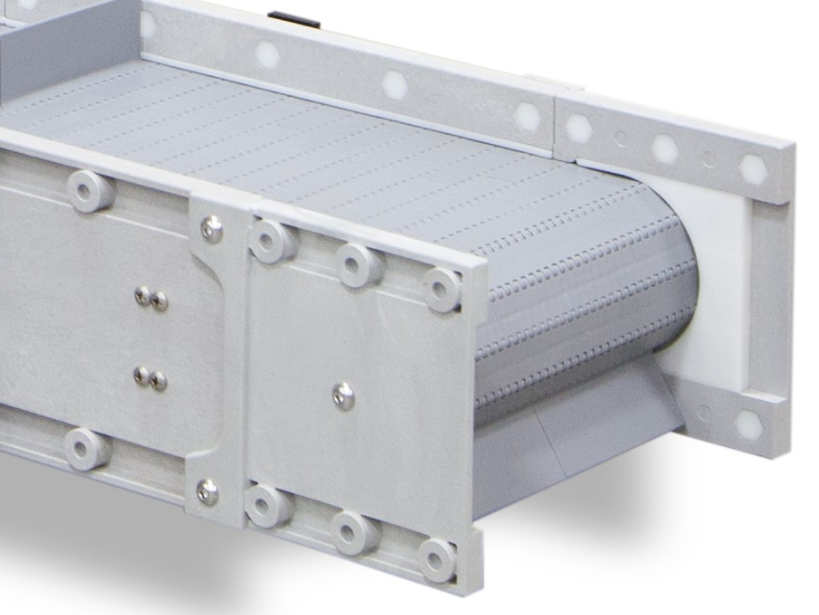Common Conveyor Belt Problems
If your conveyor system breaks down or stops functioning well, it will affect the entire system. Your production line could be thrown off balance and culminate to huge losses. To prevent such issues, it is prudent to follow your conveyor operation closely and ensure that any problem is identified as early as possible.
However, it is true that breakdown will ultimately happen at some point. When such breakdowns happen, you need to know how to address them. This post is a complete guide to help you understand common conveyor belt issues and how to avoid them.
Common Conveyor Belt Problems
Though it is impossible to list all the bad situations that can happen to your conveyor, this system lists most of the common concerns.
1. Belt Mistracking
This problem arises when the conveyor has a tracking issue. Tracking is the procedure of aligning the belt on the right path. Mistracking means that a belt has slipped to one end causing poor alignment.
This problem can throw the entire system off the course and accelerate belt wear. If the belt slips completely off its expected track, the entire system could malfunction. Therefore, you need to carefully follow signs of mistracking and address them promptly before they can cause major damages.
2. Belt Slipping
For conveyor belts to operate effectively, they require correct tension. Too much or too little tension could result in problems. For example, if the main pulley is overly worn out or broken, the belts will easily slip off for lack of tension.
Loss of tension causes unnecessary stretching/ strain on the belt resulting in squealing noises. Such a problem could require major repairs that are time-consuming. To avoid the problem, you should regularly check the conveyor belt systems to identify signs of tearing and wearing.
3. Seized Rollers
Many conveyor belts are made from metal like steel. This helps to increase durability. But it also implies that the rollers can develop sharp edges.
The edges can result in problems like belt mistracking. Besides, they can also become major safety hazards to people working near the belt. The goods being transported on the conveyor can also get damaged. In extreme cases, the entire system can shut down. Therefore, it is important to check all the rollers regularly and fix the sharp edges promptly.
4. Blockages
The main purpose of conveyor systems is transporting items or materials from one point to another efficiently. If this system gets disrupted, the entire system stops. This disruption can occur when one of the items being moved gets stuck. This means that the item behind it will not move and the entire system could clogs.
In many cases, it is very hard to predict system jams. However, you should ensure to carefully check the conveyor for sharp edges, corners, and surfaces that can cause unwanted snags.
Note: Even if something does not appear like a great deal right away, you need to deal with it before it develops into a major complication.
5. Material Spillage
It is not uncommon to get materials spilling on the conveyor system. Often, it happens out of accident as opposed to mechanical faults. Despite this, it could still result in issues such as buildups that affect the overall productivity issues.
If you notice that the spillage is becoming common, it is important to install belt ploughs, skirt clamps, and impact beds. They help to reduce the time you use cleaning the belts or risk of breakdowns.
How to Prevent Conveyor Problems
The ideal way to keep a conveyor system operating smoothly is preventing the afore-mentioned problems before they occur. Here is a list of things you should do to keep the conveyor system safe efficient:

Be on the lookout for buildups.
Clean the conveyor system regularly.
Keep the frame is always square level and square.
Ensure that the end pulleys are even.
Ensure that idlers are properly fixed and running smoothly.
Follow the manufacturer's maintenance schedule.
Replace all worn out sections on time.
The Final Take
If you use a conveyor in your system, it is prudent to be on the lookout for the above issues and have them fixed promptly. Remember that even minor issues should not be ignored because they could easily become major issues.
If you want the best from a conveyor system, maintain it in the best possible condition.
